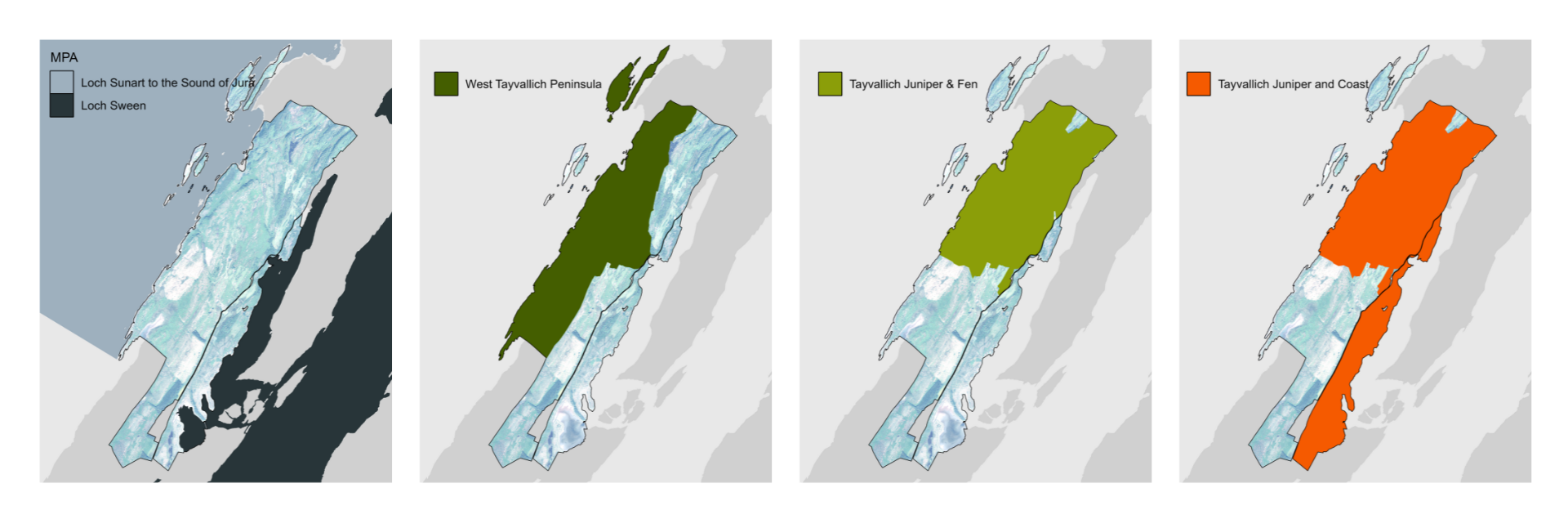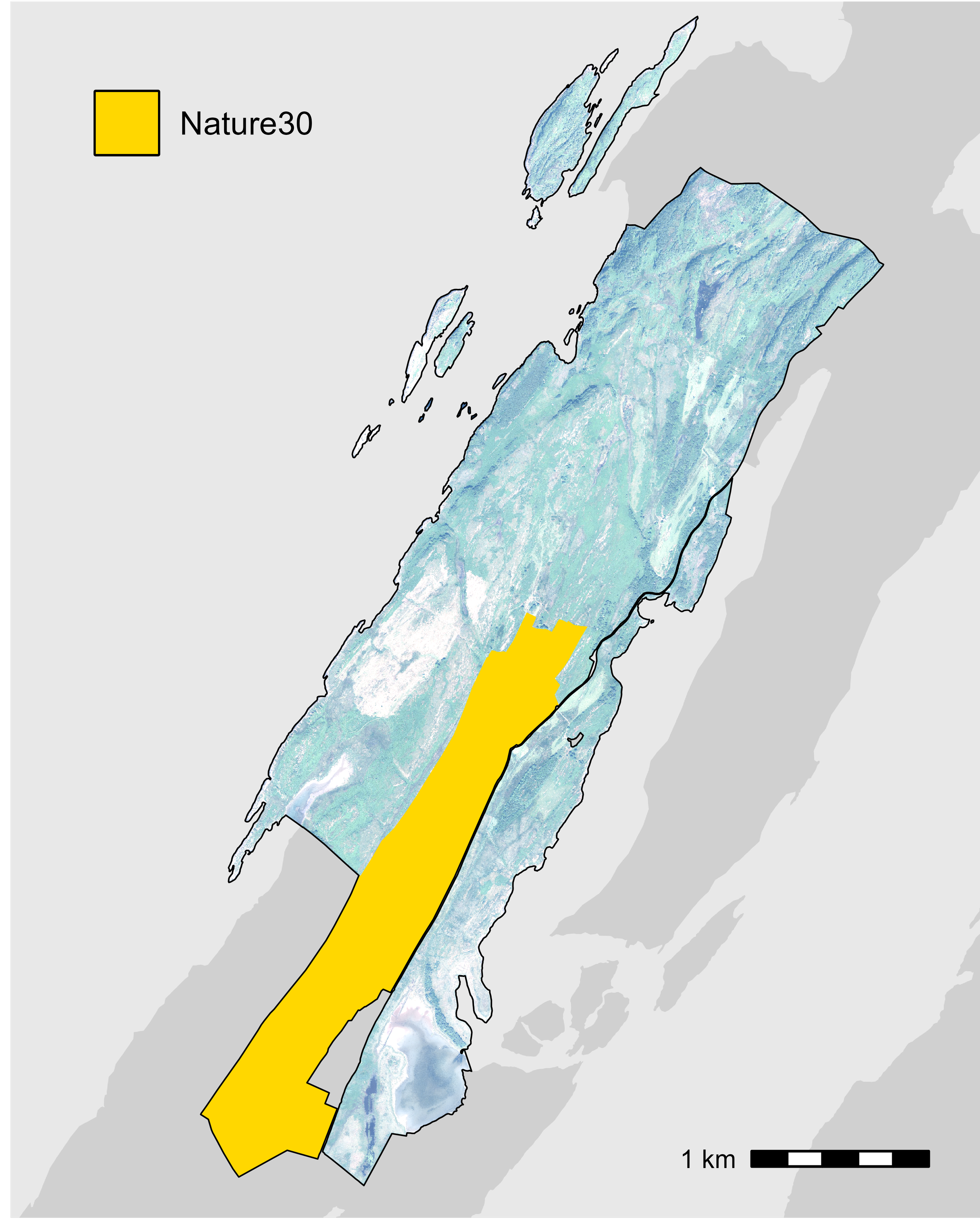Piloting Nature30
Protecting 30% of land and sea by 2030 is part of urgent global efforts to stem the loss of biodiversity. Scotland was one of 196 countries to sign up to this target in 2022, and at the halfway point of efforts to achieve the target, Nature30 has been launched by the Scottish Government and NatureScot (replacing the previous, unwieldy term of Other Effective Area-based Conservation Measures (OECMs).
Nature30 is designed to recognise land management that supports biodiversity, but outside the network of formally Protected Areas. Involvement is entirely voluntary and is intended to encourage nature-friendly management rather than impose it. Nature30 sites can therefore contribute to nature protection in many ways, creating a varied network of habitats that meet Scotland’s targets while also producing many benefits for society: from capturing carbon and protecting against flooding, to supporting rare species, producing food and timber, and contributing to health and wellbeing.
These aims are very much in line with those of Highlands Rewilding, and so we were pleased to be one of the first to work on Nature30 as part of the pilot process. This allowed us to apply and feed back on the draft evaluation process, understand how Nature30 fits with other restoration objectives, and how it could apply to other land we manage.
Barrahormid estate, with its mosaic of temperate rainforest, juniper scrub, wetlands and species-rich grasslands, provided an ideal pilot site. Surrounded by multiple designated areas including Sites of Special Scientific Interest and Special Areas of Conservation, the core of the estate is managed by Highlands Rewilding for nature restoration, but 153 hectares of it isn’t otherwise recognised as contributing to national biodiversity targets. These 153 hectares comprise the area included in the Nature30 pilot.
Barrahormid designations, above, left to right: Loch Sween MPA and Loch Sunart MPA, West Tayvallich Peninsula SSSI, Tayvallich Juniper and Fen SSSI, Tayvallich Juniper and Coast SAC.
Barrahormid Nature30 pilot area
(Not overlapping with any of the above designations).
The pilot process identified important issues for Nature30 and for us: the complementary management of Protected Areas for particular features and neighbouring unprotected areas for more open-ended restoration, for example. Deer densities were a key issue, with recognition that these often exceed ideal levels for restoration, but that single sites are often unable to enact the landscape-scale management required. These and other challenges, such as the spread of invasive Rhododendron ponticum, are shared across nearby land including Knapdale, managed by Forestry and Land Scotland and one of the first official Nature30 sites. We are collaborating with these and other neighbours on species management and rainforest restoration, so involvement in Nature30 is already beginning to reach across landscapes.
It was clear throughout that our long-term commitment to biodiversity and community, protected through the Barrahormid Trust, gave the estate strong consistency with Nature30. It's encouraging to see progress being made on these key targets, and we’re proud to have been part of shaping this important process. We’ll continue to engage with Nature30 as it develops, and hope that it grows to reflect the range of conservation activities occurring across Scotland. Ultimately, Nature30 needs to be more than a recognition of management that contributes to nature protection, and help to support meaningful change across large, new areas of land. Then we may have a real chance of meeting targets not only on the map, but with fully revived ecosystems on the ground.








